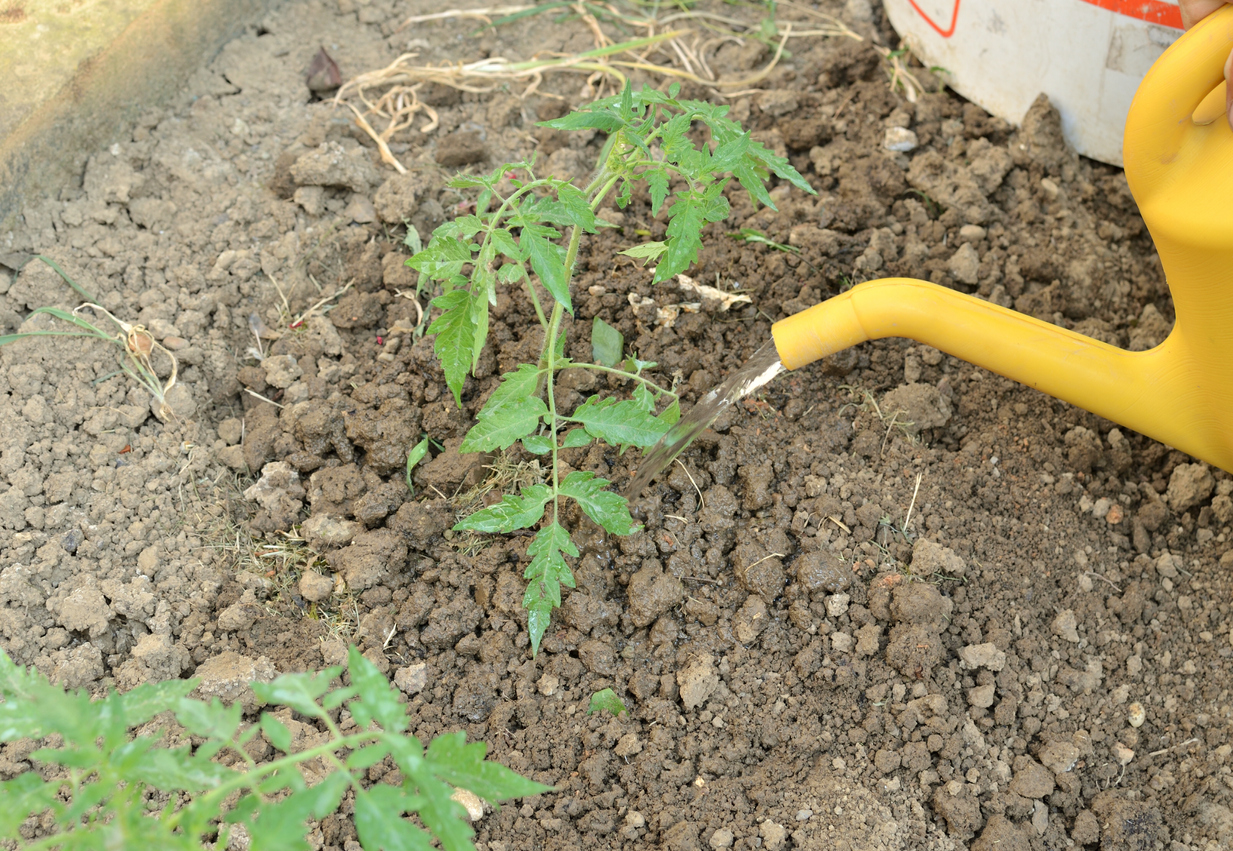We may earn revenue from the products available on this page and participate in affiliate programs. Learn More ›
The Weather Channel recently released their outlook for summer 2021, and it looks like some regions across the U.S. are in for a hotter-than-usual few months. Meteorologists predict that the West Coast and Central Plains will get the brunt of the sizzling heat. At the same time, states in the North and Southeast will likely experience temperatures only slightly above last year’s.
Heat Source
The upcoming heat is the result of La Niña, drought, and global warming. La Niña is an oceanic phenomenon involving the cooling of waters in the Pacific Ocean. This ultimately influences weather patterns throughout the U.S. As the cooling effect gradually weakens in the spring, the hotter weather comes to roost.
Drought also is responsible for the incoming warm weather. Less moisture leads to soil heating up more quickly and transfers that heat to the surrounding environment. And, of course, global warming plays a part in heating up the planet. On average, summer temps have gotten 2 degrees warmer.
Relentless heat can make the summer unbearable for some people and creatures. It also can take a toll on your garden. Here’s how to cope when the mercury skyrockets.

Careful Watering
Don’t skip watering during a heat wave. But don’t become overzealous, either. Careful watering ensures your plants don’t die of thirst or drown. Water deeply so that moisture gets right to plant roots. Avoid watering overhead—you’re more likely to waste water this way.
It’s also vital to keep a close eye on plants and learn their signals. Drooping leaves don’t always mean that plants lack water. The leaves can react normally to high temperatures by drooping.
Watering when plants are merely fanning themselves in the heat can lead to root rot—yes, even in extreme heat! Plants with droopy, sad leaves in the morning before exposure to direct sunlight likely need you to quench their thirst.
Related: 14 Sneaky Ways to Save Money on Your Water Bill
Smart Plant Choices
Choose plants that can tough out the warmer-than-normal temperatures. Pick heat-loving edibles like peppers and tomatoes and opt for drought-resistant varieties of flowering plants. Adorning a landscape can be difficult in drought conditions. Not everyone has the time or budget to put in irrigation.
Try xeriscaping to boost curb appeal and reduce the need for watering. Xeriscaping is a landscaping practice that produces attractive landscapes while relying on water-efficient plant life.

Add Shade
To protect established perennials and cool-weather edibles like lettuce, use shade cloth to minimize their exposure to direct sunlight. If you’re dead set on growing lettuce at the height of the summer, pick heat-resistant varieties like Black Seeded Simpson or Marvel of Four Seasons.
Additionally, when adding new ornamental plants to your garden, put them in areas offering some protection from the sweltering hot afternoon sun. Place those with less heat tolerance on the east side of the home or where a tree’s shadow offers some relief from peak sunshine.
RELATED: Could a Ban on Ornamental Grasses Aid Water Conservation?

Improve the soil
Building healthy soil takes time and patience. It involves several strategies, including adding organic matter, crop rotation, and planting cover crops. By investing time and effort into building soil health, you’ll end up with soil that can easily hold onto water and better handle extremely hot temperatures.
However, you can’t instantaneously turn terrible, infertile earth into moist, nutrient-rich soil. Use mulch to cool down soil and help retain moisture. Just be sure to spread mulch so that it’s no more than 2 inches thick.
Related: 9 Mistakes You’re Making That Are Damaging Your Soil


